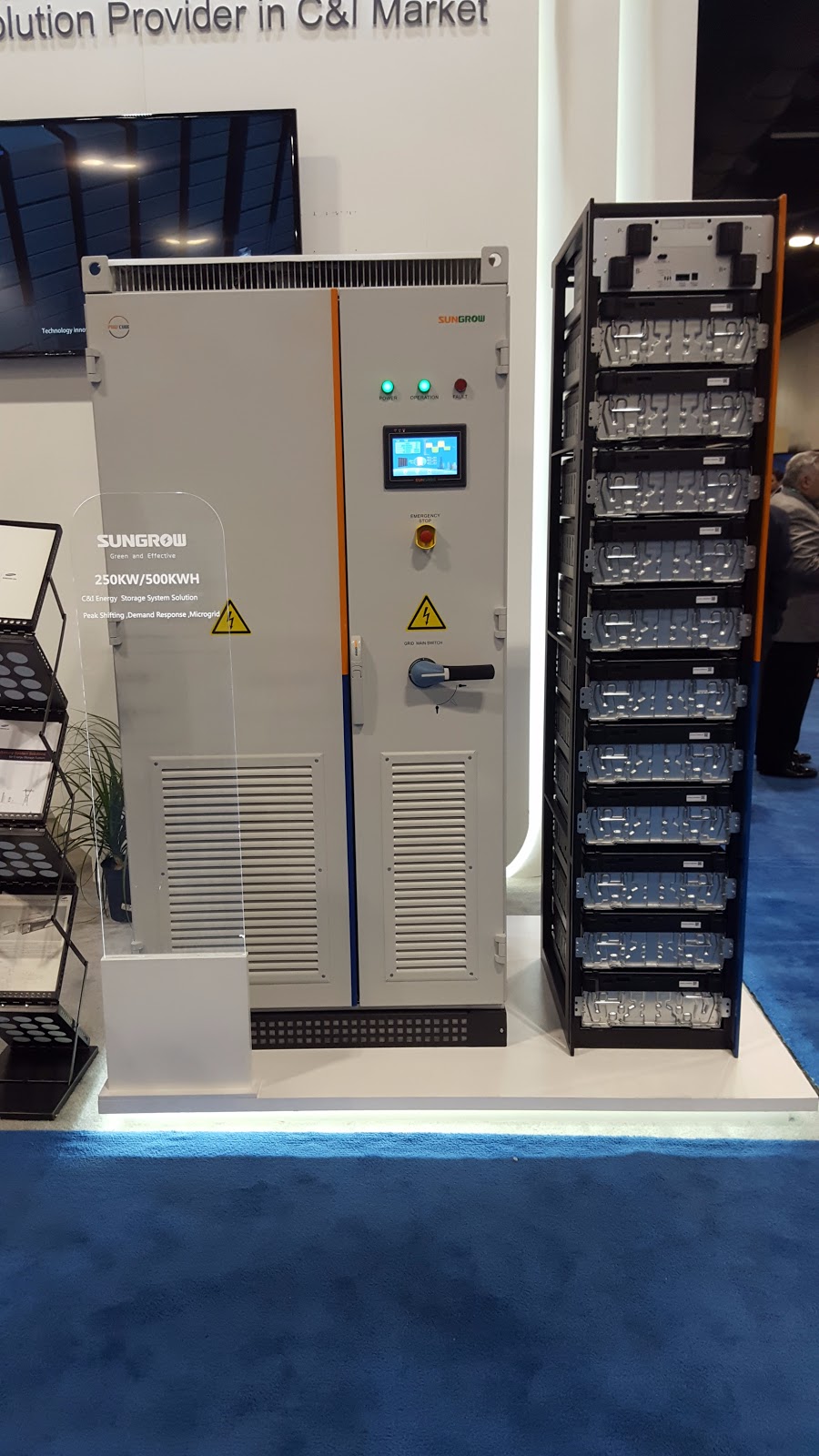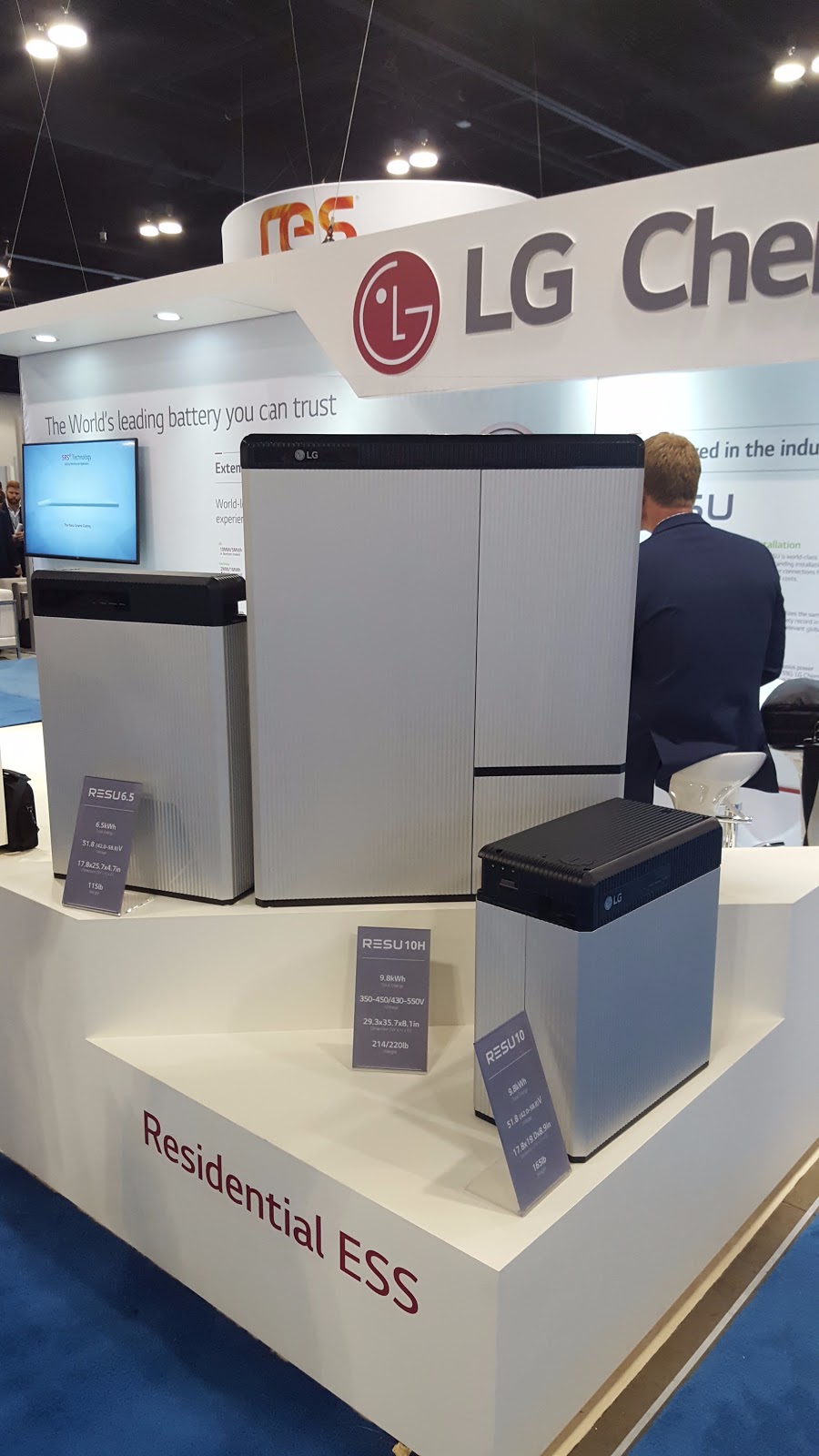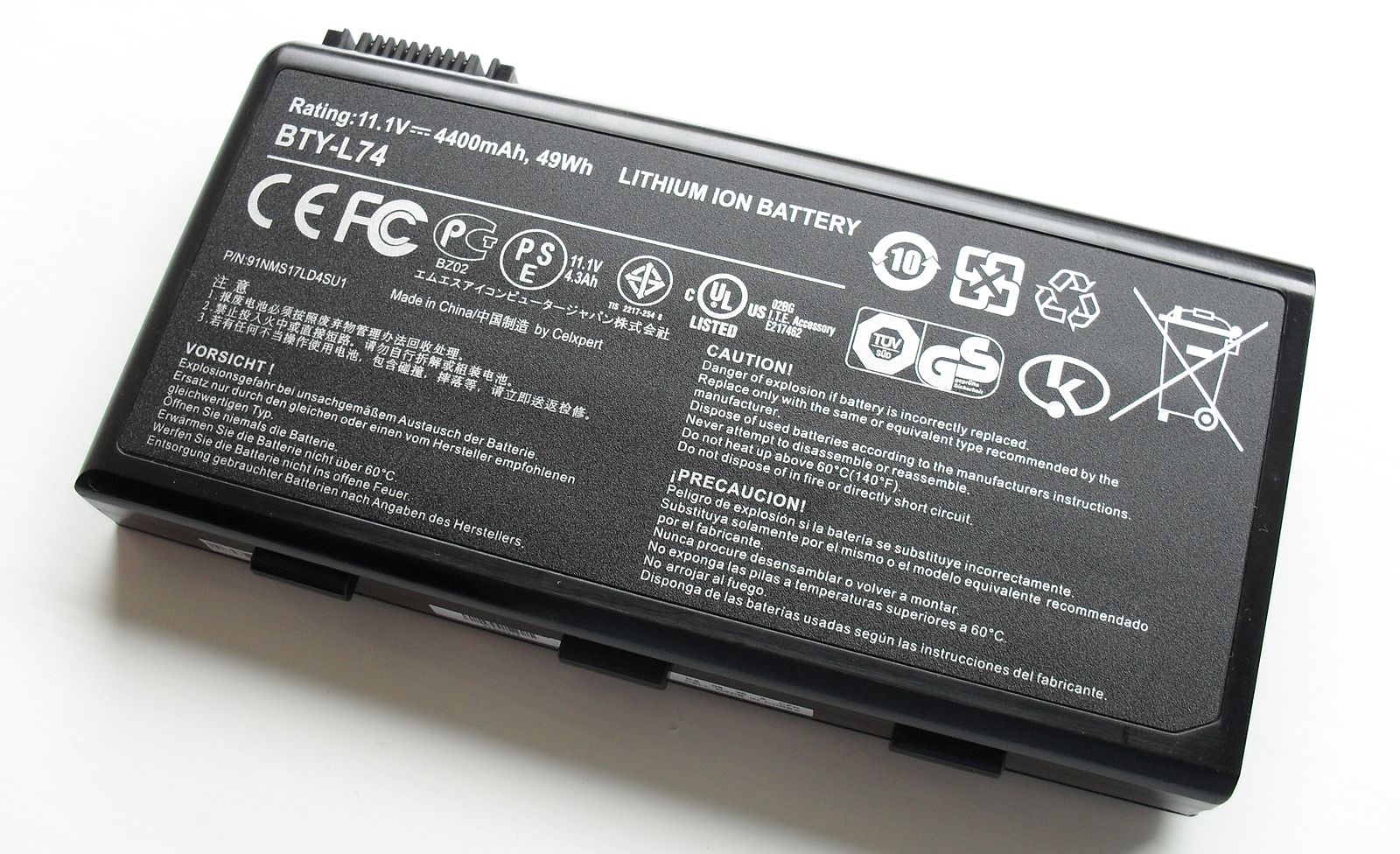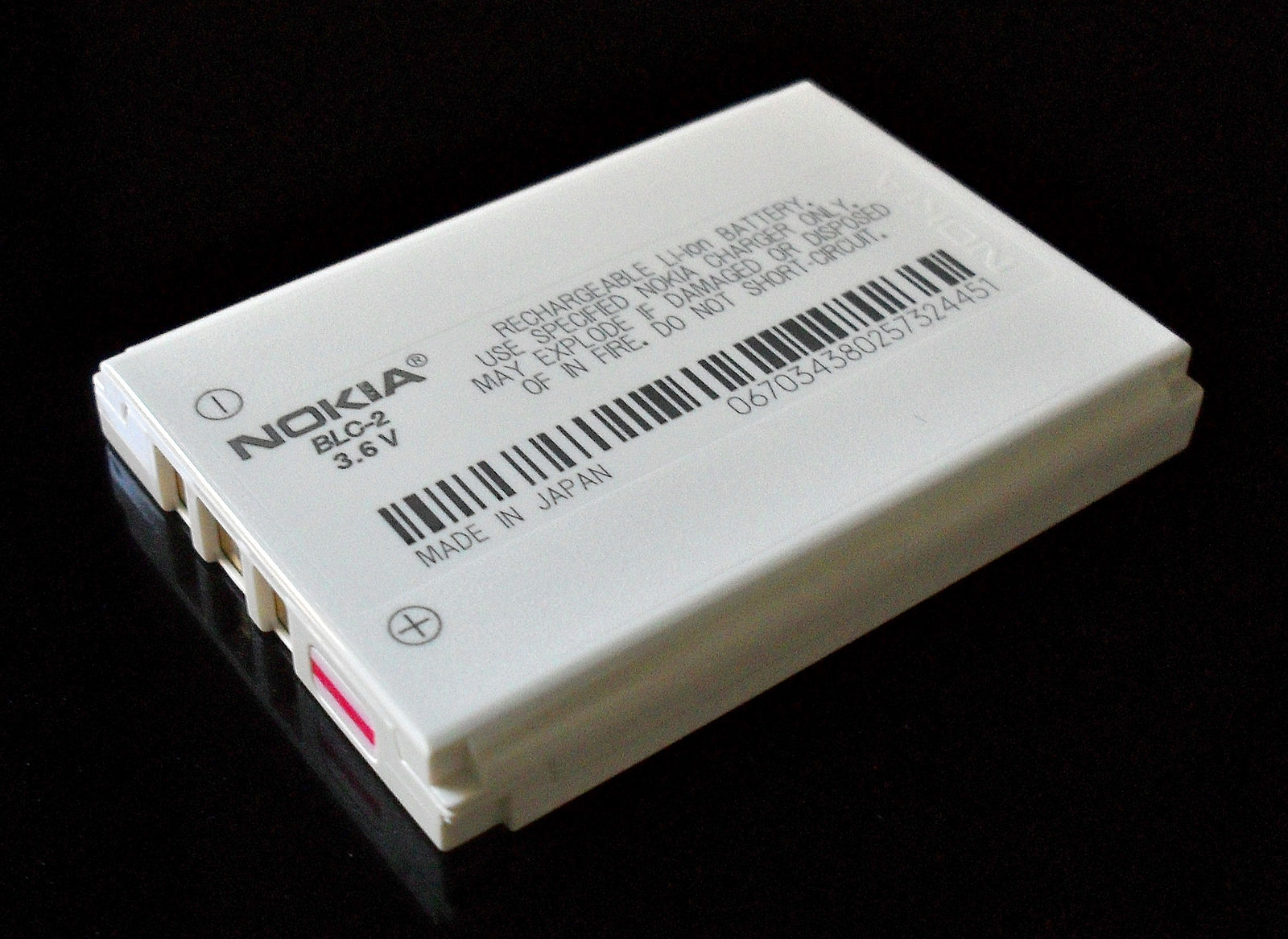By Drew O’Bryan
Energy storage leaders from around the world gathered in Denver, April 18-20, to discuss the future of energy storage, rallying for 35 GW of storage by 2025 and exhibiting the technology that will make it possible. The Energy Storage Association’s (ESA) 27th Annual Conference and Expo set a record for attendance, hosting utility and tech executives alongside political leaders and clean energy advocates. I went to Denver hoping to get a feel for the state of the industry, to see what new products are hitting the market, and what the future of energy will look like.
Governor John Hickenlooper opened the conference, and emphasized the importance of Colorado’s move to the forefront of the advanced energy economy, including how the state has been able to provide good manufacturing jobs to the state’s citizens. Keynote speakers for the event included former governor and founder of the Center for the New Energy Economy Bill Ritter and ESA’s Executive Director, Matt Roberts. The two speakers outlined current trends for the storage market, acknowledging the rapid development of the industry.
"Electrification will fundamentally transform the entire power sector – and this confluence of forces is putting us on a path to deploy more than 35 GW of energy storage by 2025. Drastic cost declines, market and regulatory reforms, and, most importantly, increasing recognition of the multi-faceted value of being able to store energy, in all its forms," said Roberts. The “electrification” Roberts referred to involves transitioning even more technology including cars and household heating to electricity instead of fossil fuels.
I was able to get a first hand view of the newest innovative products the industry has to offer in the conference expo area, along with the tried and true storage tech currently being used in the field. The biggest spotlight was placed on lithium-ion batteries - the same basic technology used in laptops and phones. With prices plummeting in recent years, the batteries have been able to scale up to provide increasingly affordable options for energy storage on a home and utility scale.
For homes, a lithium-ion battery is about the size of a mini fridge and can allow a residence with solar or wind power to move off-grid. It can also serve as emergency storage in place of a generator for backup power. Pictured below is LG’s lineup of small-scale batteries. At the moment, these batteries can store about a third of the energy that the average American household consumes each day. They allow a home to store energy while it’s abundant or cheap and use it when that energy becomes more scarce.

These units can be scaled up for use in large commercial settings (like warehouses) and would be about the size of three refrigerators, but with 50 times the storage capacity of the household battery. Recently, CPS Energy in San Antonio began the process of installing a lithium-ion battery at an even larger utility scale which would store 10,000 kWh (10 MWh) of energy. That’s the size of about 20 commercial units and will provide energy storage for their newest utility-scale solar farm. Lithium-ion units like these are proven technology and are currently fueling the energy storage boom.


Pictured: laptop and phone lithium-ion batteries. An Iphone7 battery has capacity for ~9 Wh of energy, so the CPS battery that is the example is about 1,000,000 times bigger.
In his speech at the conference, AES Energy Storage co-founder and President John Zahurancik noted that while it took more than nine years to produce the first 100 MWh of energy storage on the Eastern U.S. energy grid, California has installed the same amount of storage capacity in the last five months. While that rapid development has been achieved through lithium-ion technology, new technology is being researched and developed. I had the chance to chat with multiple companies at the conference working on “flow” batteries, which utilize simple electrolytes like salt water in place of chemicals used in traditional batteries to store energy on the massive scales similar to CPS Energy’s solar+storage project. While the systems have not been purchased or deployed by utilities yet, pilot projects have been announced, and companies anticipate units being commercially viable in one to two years.
If the United States achieves the 35 GW of storage predicted in Denver - enough to power around 20 million homes from a full charge - each type of energy storage will have a role to play as we move into the advanced energy future. . When fossil fuel advocates talk about the “need” for coal or natural gas technology, they often reference the requirement for power when the sun stops shining and the wind stops blowing. With every new unit of energy storage proposed, purchased, and brought online, we poke more holes into that dated argument. 100 percent clean energy is not only possible but probable. The sooner we make the transition, the more we can hope to avoid the devastating effects of climate change, polluted drinking water, and continued air pollution.